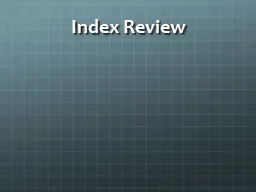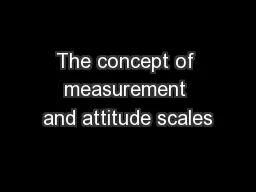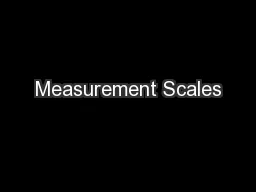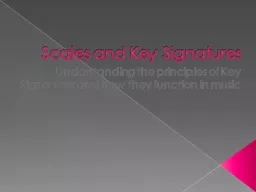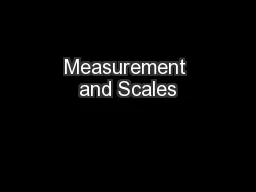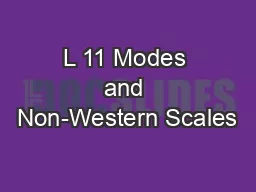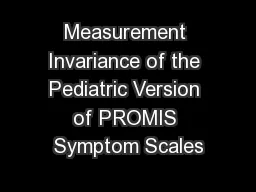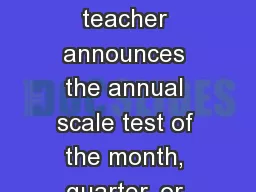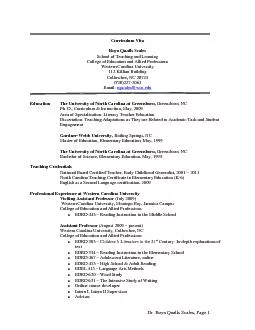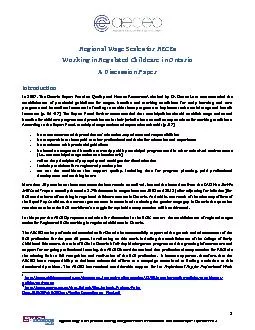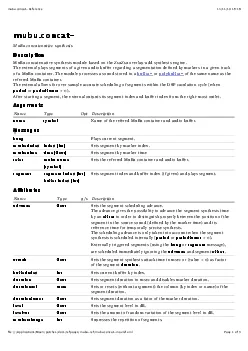PPT-Index Review Scales, Key, and Modes!
Author : dailyno | Published Date : 2020-06-19
Chapter 3 Scales Scales an ordered collection of pitches in whole and halfstep patterns Scale comes from the Latin word scalae meaning Stairs or Ladder The Chromatic
Presentation Embed Code
Download Presentation
Download Presentation The PPT/PDF document "Index Review Scales, Key, and Modes!" is the property of its rightful owner. Permission is granted to download and print the materials on this website for personal, non-commercial use only, and to display it on your personal computer provided you do not modify the materials and that you retain all copyright notices contained in the materials. By downloading content from our website, you accept the terms of this agreement.
Index Review Scales, Key, and Modes!: Transcript
Download Rules Of Document
"Index Review Scales, Key, and Modes!"The content belongs to its owner. You may download and print it for personal use, without modification, and keep all copyright notices. By downloading, you agree to these terms.
Related Documents

